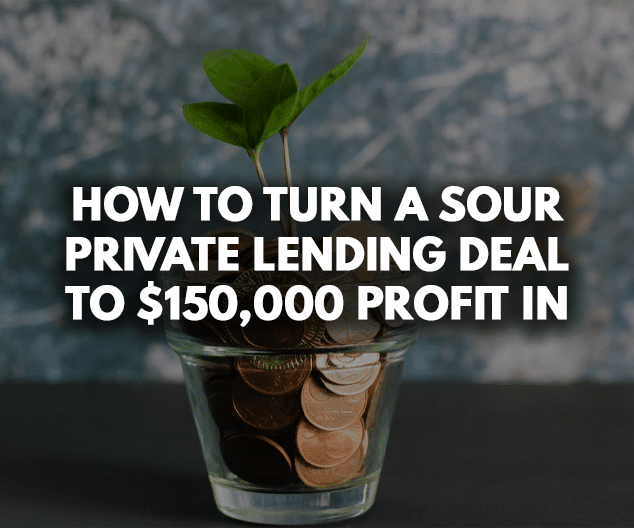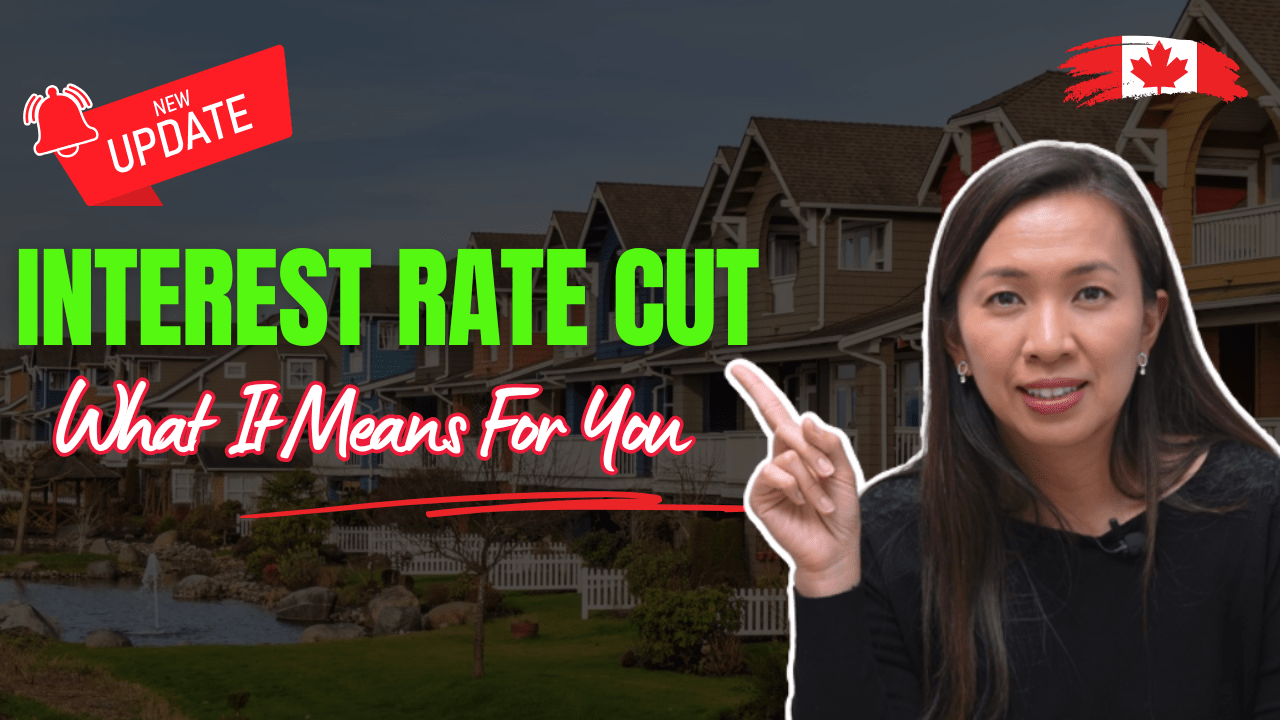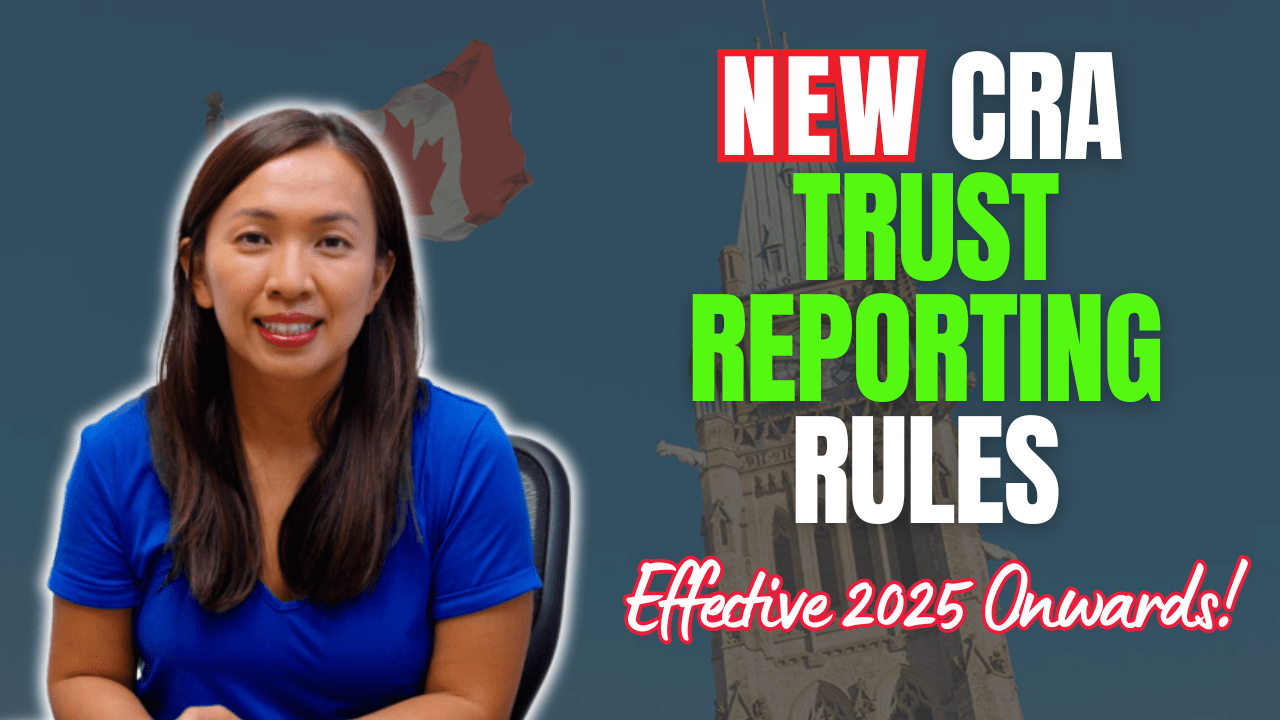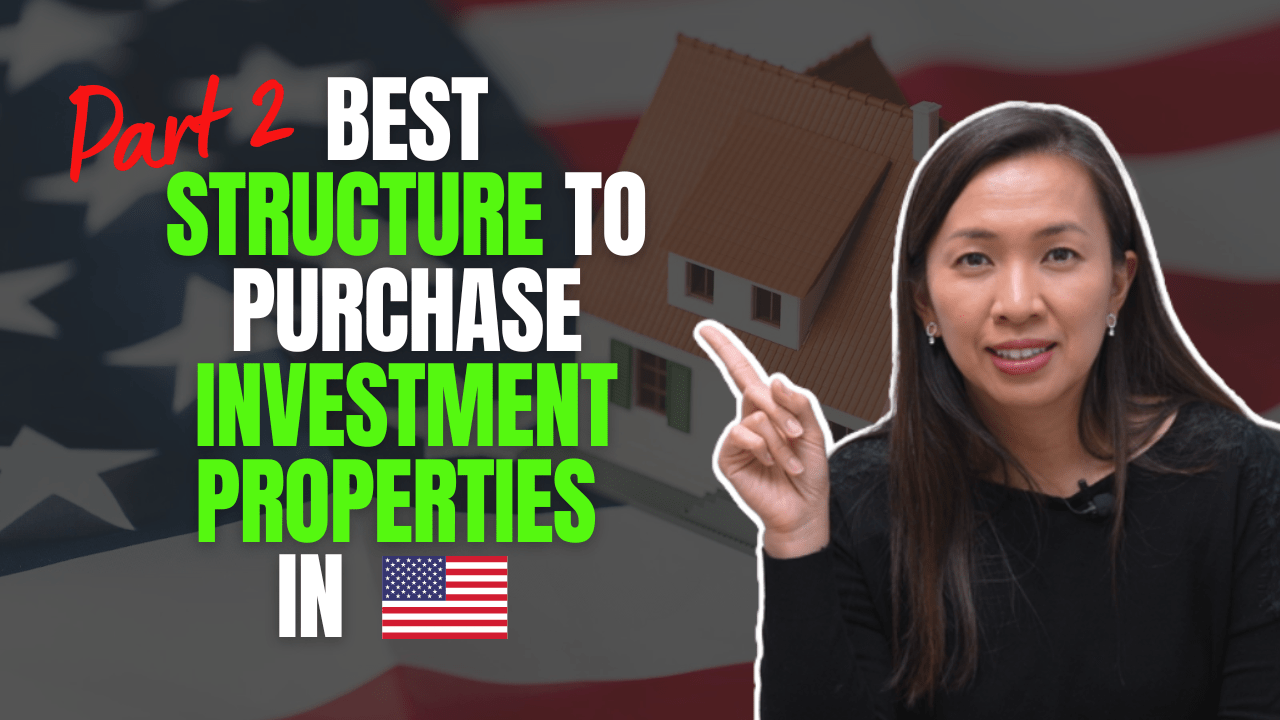A friend of mine entered a private lending deal in 2019.
For those of you who don’t know much about private lending, basically, we get to be the bank and lend money to others and charge interest in return.

There are a few advantages of private lending:
- You qualify to invest using your RRSP and TFSA funds. This allows you to earn anywhere from 8% to as much as 15% interest on these loans
- You don’t have to deal with tenants and toilets. Borrowers often pay for the legal fees you incur.
- Term of the loans is often short. You get your money as well as the interest income back in a relatively short period of time. You get to enjoy your cash flow relatively quickly in comparison to buying properties.
- Interest income, i.e. return on your investment, can be substantial as compared to a traditional mutual funds investment in the market.
- Some private lending loans are secured against a property. This means that if the borrower defaults, the investors can potentially force a power of sale on the underlying assets and recover the loan.
But…where’s the catch?
Like every other investment out there, the investors need to do their own due diligence on each deal.
Here are some potential risks that one should consider:
- The saying that goes “the higher the return, the higher the risk involved”. If an investor is getting 15% return with no underlying security, chances are, the deal has a way higher risk profile
- Borrower’s ability to repay the loan with interest
- Borrower’s exit plan
- Fair market value of the property that’s used as a security
- Other loans registered against the same property
- Overall loan to value of the property
- Location of the property
Back to my friend’s deal…
In 2019, she lent $60K private money, secured as a second mortgage on a single-family home in St. Catharines. Interest rate was 14%.
The appraised value of the property at the time was $250,000.
First mortgage was roughly $152,500. Her loan is registered as the second mortgage behind the first mortgagee.
For those of you who don’t understand what this means, in the event of a foreclosure or power of sale, the property is forced to sell in the open market to repay the debt outstanding. The first mortgagee would be repaid FIRST before her second mortgage.
Together with her $60K loan, the total loan to value registered on the property was 85%.
My friend thought that 85% loan to value provided enough buffer to protect her second mortgage. After all, the cost to sell a property would normally be 5% realtor commission and lawyer closing cost.
The borrower worked as an office clerk.
He defaulted 6 months into the term on the second mortgage. He defaulted the payment on the first mortgage a couple months before that.
The first mortgagee forced power of sale and my friend got notified as her loan was registered against the property.
To save the deal, she bought the property for $255,000.
In her mind, she was using her $60,000 second mortgage as the down payment for the property. She got a brand new mortgage in her name for $200,000.
Total consideration paid by her was $260,000, which was more than enough to cover the purchase price of $255,000.
At closing, the lawyer called her and told her that they wouldn’t be able to close.
The first mortgagee was owed another $30,000 interest and fees incurred from the default.
The deal couldn’t close unless she put in this extra $30K.
The first mortgagee lent $152,500, got $230,000 back from the sale of the property.
Essentially the first mortgagee charged $77,500 in fees, interest, and penalties. ☹
Crazy!
She paid. She closed the property.
She put in another $50K to freshen it up and rented it out for a couple of years.
Earlier this year, she sold the property for $500K.
She made more than double of her initial investment back in 2 years.
What are the lessons learned?
- If you do decide to invest in private lending, do your own due diligence.
- Make sure you look at the borrower’s ability to repay the loan.
- Make sure you have a plan B in case of the borrower’s default
- Most importantly, make sure you understand the power of first mortgagee and how much they can charge in terms of fees, interests, and penalties. You might have a plan B, but the plan B might not work out if the first mortgagee is as powerful as the one in this deal.
You may wonder – can she write off the $30,000 that she put in extra to close the deal? Absolutely. It is added to the cost of the building, and she can deduct it against the sale price.
Until next time, happy Canadian Real Estate Investing.
Cherry Chan, CPA, CA
Your Real Estate Accountant





